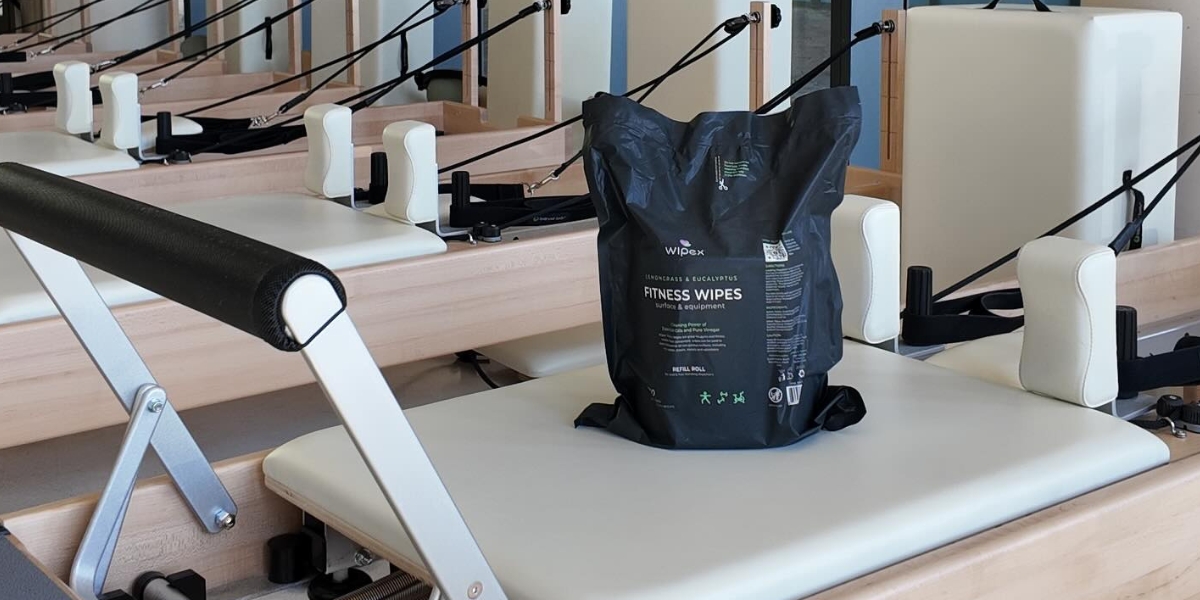By: Neha Zubair
Buying a fixer-upper can be an exciting option for homebuyers seeking to save money or add their personal touch to a property. Renovating a home allows you to create the house of your dreams while potentially increasing its value. But it also comes with risks, costs, and challenges that many first-time buyers underestimate.
Before jumping in, it’s essential to weigh the pros and cons and understand what you’re getting into. This guide examines the advantages and disadvantages of purchasing a fixer-upper, enabling you to make an informed decision.
The Appeal of a Lower Purchase Price
One of the biggest draws of a fixer-upper is the lower purchase price. Homes that require work are often priced below market value, making them more affordable for buyers with limited budgets. This can be especially attractive in competitive markets where move-in-ready homes are scarce and in high demand.
Buying a home at a lower price point also allows buyers to consider areas they might not otherwise afford. You could move into a desirable neighborhood or a larger home than your budget would typically allow. However, it’s crucial to remember that renovation costs may offset the initial savings, so the total investment should be considered carefully.
Opportunity to Personalize the Home
Fixer-uppers offer the chance to customize every aspect of the home. From paint colors and flooring to kitchen layouts and bathroom finishes, buyers can create a space that perfectly matches their style and needs. Unlike buying a move-in-ready home, you have control over materials, design, and upgrades, which can make the house truly feel like yours.
As Dan Close, Founder and CEO at We Buy Houses in Kentucky, shares, “Personalization also adds value. Thoughtful renovations that enhance both functionality and aesthetics can increase a home’s resale value. Buyers who enjoy DIY projects or have a clear vision for their dream home often find this level of control rewarding and satisfying.”
Potential for Significant Equity Gains
Renovating a fixer-upper can be a smart financial move if done correctly. By investing in improvements, you can increase the property’s market value and build equity more quickly than buying a move-in-ready home at market price.
For example, updating kitchens and bathrooms, improving energy efficiency, or enhancing curb appeal can yield a high return on investment. Skilled buyers who manage projects efficiently often see substantial financial benefits, making the fixer-upper an attractive long-term investment.
The Risk of Unexpected Costs
While fixer-uppers offer opportunities, they also carry risks—particularly unexpected expenses. Many homes hide problems that aren’t immediately visible, such as plumbing issues, electrical deficiencies, foundation damage, or roof leaks. These repairs can quickly add up, turning an affordable purchase into a costly project.
It’s essential to have a thorough home inspection and a realistic budget for renovations. Setting aside a contingency fund of 10–20% of the projected renovation costs can help manage surprises without derailing your finances. Buyers who underestimate these costs often face delays, stress, and financial strain.
Time and Effort Required
Renovating a home is time-consuming. Depending on the scope of the work, it may take months or even years to complete all improvements. For buyers with full-time jobs, family obligations, or other responsibilities, the effort involved can be overwhelming.
DIY projects can save money, but they require skill, patience, and a significant time commitment. Hiring contractors speeds up the process but increases costs. Buyers should honestly assess how much time and energy they can dedicate to renovations before committing to a fixer-upper.
Financing Challenges
Obtaining a mortgage for a fixer-upper can be more complicated than for a move-in-ready home. Traditional loans typically require the property to meet minimum standards, which a fixer-upper may not meet. Specialized loans, such as FHA 203(k) or Fannie Mae HomeStyle Renovation loans, may help finance both the purchase and renovation costs; however, they come with additional paperwork, requirements, and restrictions.
It’s essential to understand your financing options early in the process. Without proper planning, buyers may struggle to secure funding for both the purchase and necessary improvements, which could delay or derail the project.
The Potential for Stress
Buying a fixer-upper comes with its share of stress. Coordinating contractors, managing budgets, handling permits, and making design decisions can be overwhelming. Delays, unexpected issues, and rising costs are common, and they can take a toll on even the most patient buyer, says LJ Tabango, Founder & CEO of Leak Experts USA.
However, careful planning, realistic expectations, and a structured timeline can help manage stress. Working with experienced professionals and setting clear priorities enables buyers to stay on track and maintain control throughout the renovation process.
Balancing Risk and Reward
Ultimately, the decision to buy a fixer-upper comes down to balancing risk and reward. The potential for equity gains, personalization, and lower purchase prices is appealing, but only if buyers are prepared for the financial, time, and emotional commitments that come with it. Understanding the full scope of the project, realistic budgeting, and having contingency plans in place are critical to success.
Fixer-uppers are ideal for buyers who enjoy taking on projects, have a clear vision, and are financially prepared for potential surprises. For those seeking a low-stress, move-in-ready option, a renovated home may be a better fit.
Conclusion
Buying a fixer-upper can be both personally and financially rewarding, but it is not without its challenges. Lower purchase prices, opportunities for customization, and the potential for increased equity are significant advantages.
On the other hand, unexpected costs, time commitments, financing hurdles, and stress are fundamental considerations.
Assess your financial readiness, renovation skills, and lifestyle before committing. With careful planning and realistic expectations, a fixer-upper can be transformed into a beautiful home and a smart investment.
Disclaimer: The information provided in this article is for general informational purposes only and should not be considered financial, legal, or real estate advice. Readers are encouraged to conduct their own research and consult with qualified professionals, such as licensed real estate agents, contractors, or financial advisors, before making any property purchase or renovation decisions. The views expressed by quoted individuals are their own and do not constitute endorsements or guarantees of results.










